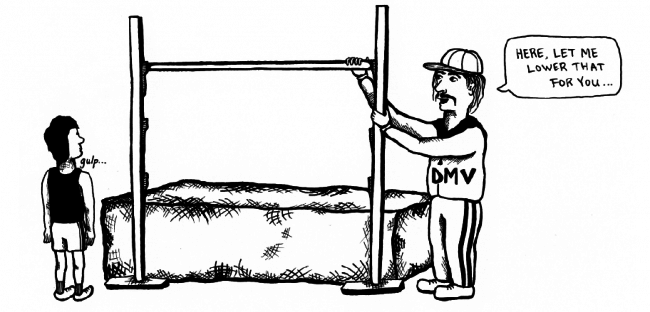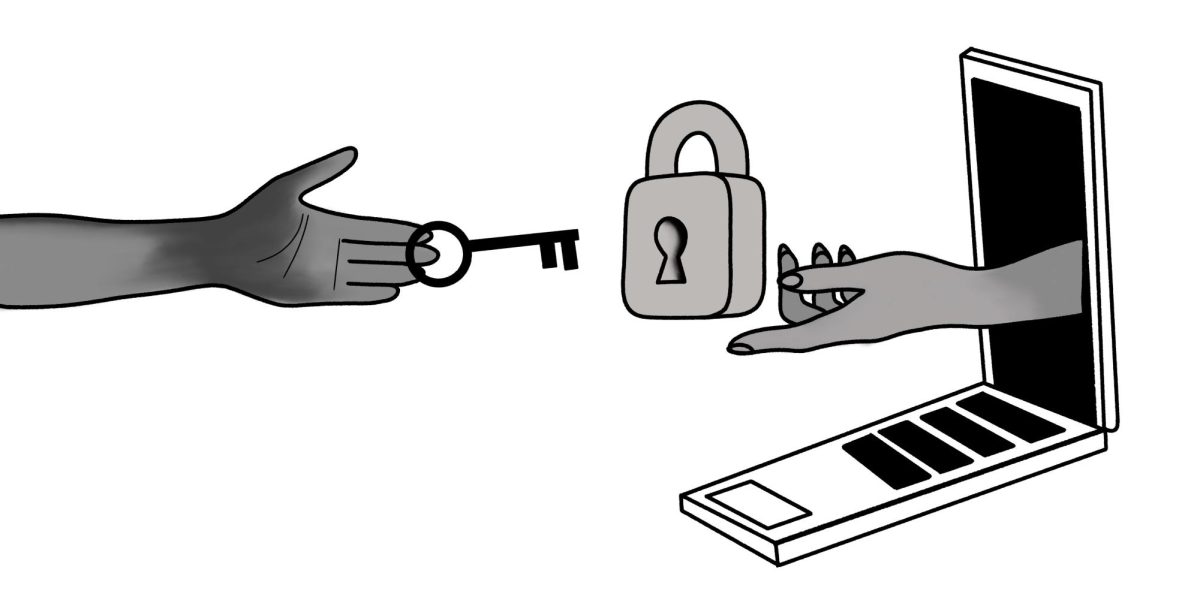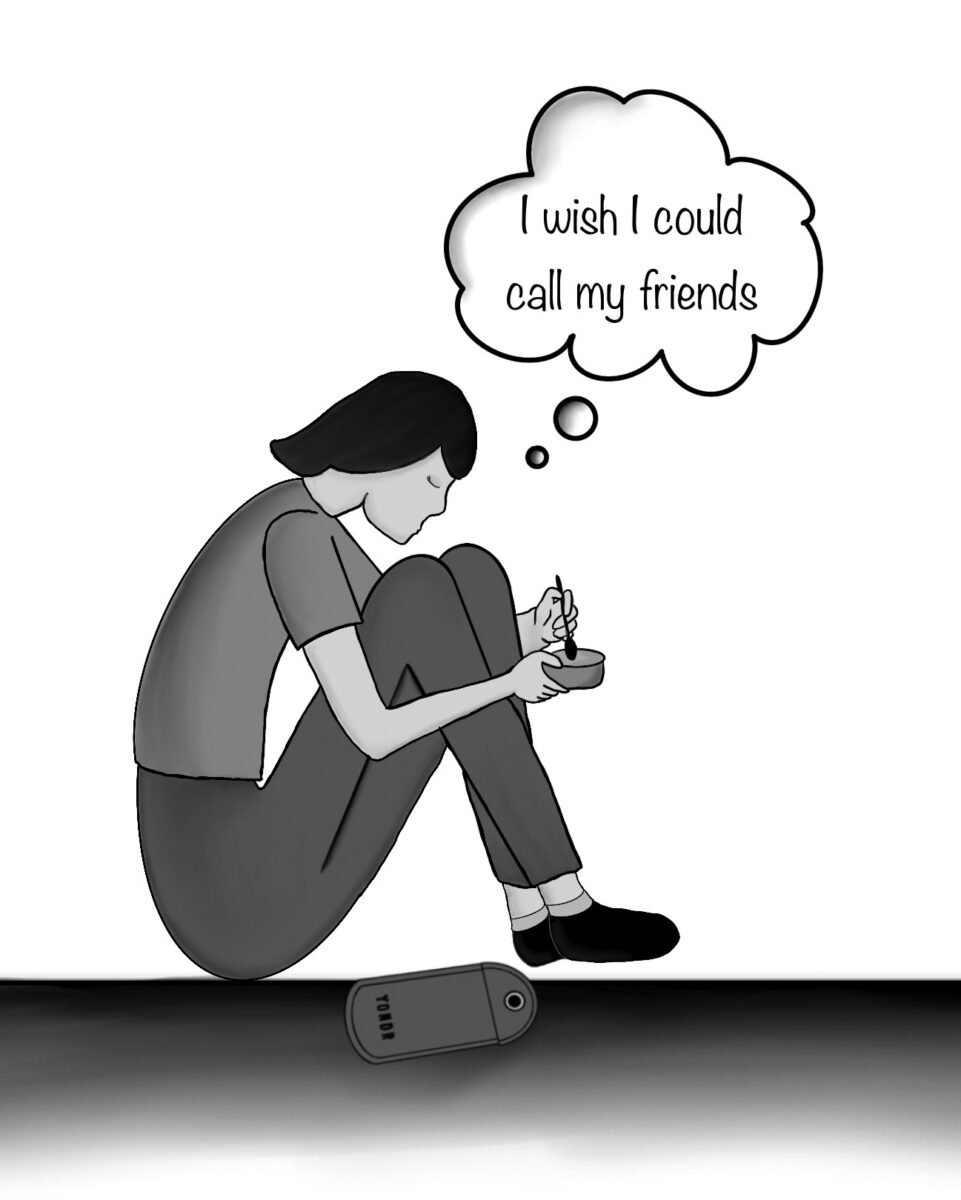Not coming to a full stop. Tailgating. Switching lanes in intersections.
This is the current state of sloppy driving we have come to know, particularly for teenagers, and it seems to have arisen from the license test and its consistent lack of consistency at the local level.
It is often rumored that it is “easier” to pass the road test at the DMV in Novato or Petaluma than it is at Corte Madera. In this issue, the article “Pass rates found to vary at local DMVs” (Pg. 12) found this rumor to be based in fact.

In 2012, 63 percent of new drivers being tested passed in Corte Madera, while 78 percent passed in Novato and 83 percent passed in Petaluma, according to the California Department of Motor Vehicles.
There is something wrong with the process when such a disparity exists in passing rates, and when not all drivers are held to the same standards of driving.
Part of this problem lies in how we, as drivers, approach getting our licenses. With hundreds of other items on our checklist, we care more about getting it done than getting it done right, which is the primary reason why many students go out of their way to make the trip to DMV offices that are far from home. If there is an easy way out, you can bet we will take it.
Yet the other part of the problem lies in even having the option to take the easy way out. It is sort of like copying someone’s homework — on one hand, the student has to be reprimanded for cheating, but on the other, the system has to be reprimanded for allowing itself to be cheated.
The DMV needs to define its criteria for capable drivers and ensure that only those who reach it pass.
DMV representatives argue that it is not feasible for all locations to have the same passing rate, noting that different locales provide different testing conditions.
While this may be true, when there is a 15 percent difference between two locations that are within the same county, and a 20 percent difference between two locations within 30 minutes of each other, there is no way the conditions are so different.
This is one of the rare occasions in which we call for standardized testing, for a stringent set of rules to thoroughly test a driver’s abilities and to have those rules be enforced evenly.
Let’s compare obtaining a license here to obtaining one in another country. In Finland, for example, drivers must complete 18 hours of instructed driving, including a stretch on a slippery course, and 19 driving theory lessons. In addition, they must pass a computerized theory test and a driving test in city traffic at a minimum length of 30 minutes.
While our system may not have to be quite this extreme, we do need to make sure that drivers can handle a variety of situations and are well-equipped to do so.
Obtaining a license has lost its original purpose — rather than emphasize being a good driver, we have to come emphasize simply passing the test.
So before we call the Corte Madera DMV “unfair” or go out of our way to find a DMV that will pass us, we must reconsider whether that is in our best interest.
Because when you find yourself in an accident or simply in the car with an inexperienced driver, your safety suddenly becomes the only thing you really care about — not passing your license test on the first try.











